Watchmaking giants face off in ten-year dispute
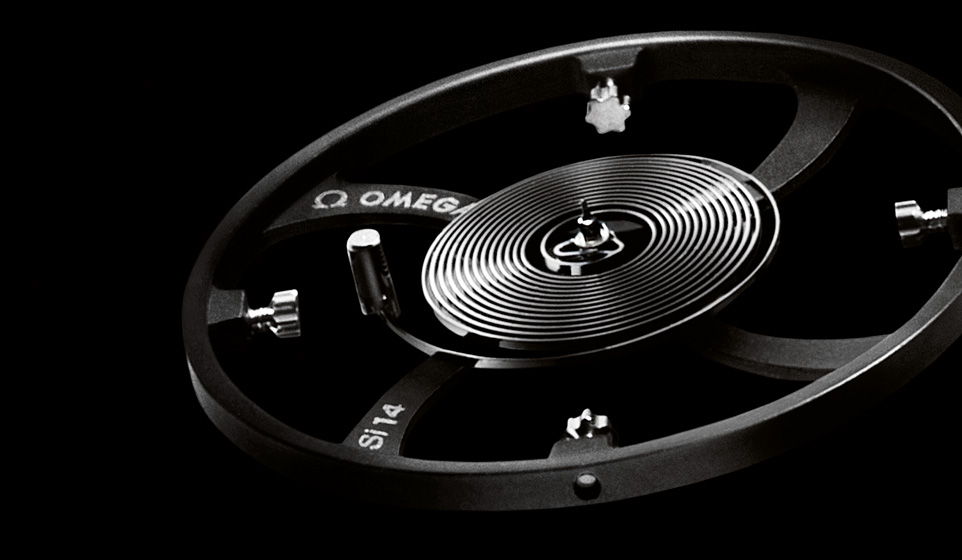
A ruling by the Swiss competition watchdog is set to prolong a bitter battle among watchmakers over the delivery of moving parts, with Swatch Group, vying for domination of the luxury market, determined to take advantage of its monopoly.
In rejecting an agreement reached between its own secretariat and Swatch Group that would have allowed deliveries of watch components to tail off in stages, the Competition Commission last month sided with the group’s competitors who claim they cannot yet source essential mechanical parts from a supplier other than Swatch Group.
Pierre-Yves Donzé, an expert on the Swiss watch industry, author of a book on the history of Swatch Group and professor of economic history at Kyoto University gives swissinfo.ch his take on the reasons behind the dispute.
swissinfo.ch: What should we read into the dispute between Swiss matchmakers over the delivery of components for mechanical watches?
Pierre-Yves Donzé: We are at the heart of a war that has seen the biggest watchmakers face off for over a decade, and which is set to continue. For almost 20 years, Swatch Group did not really profit from its inherited monopoly in any more than a general sense (see box). But the upheaval which transformed the industry in the 1990s and led to the development of the luxury market changed the situation.
By positioning itself in the luxury market, notably with the acquisitions of Blancpain and Breguet, and through the repositioning of Omega, Swatch was able to increase its turnover considerably. At the same time, large competitors such as Richemont (Cartier, Vacheron constantin) and LVMH (TAG Heuer, Zenith, Hublot) established themselves in the space of a few years as powerful players in the luxury watch market. From then on, Swatch Group’s competition no longer came solely from Japan (Seiko, Citizen), but also from within Switzerland.
The monopoly over the production of mechanical movements and individual pieces now represents a major advantage for Swatch Group. So it’s logical that the group is reluctant to deliver parts to competitiors. But the competition commission’s decision is understandable; it gives the industry time review its position.
In 2002, Swatch Group announced it would progressively stop delivery of blanks (non-assembled parts of watch movements) to its competitors.
In 2009, the late Swatch Group boss Nicolas G. Hayek, declared his intention to stop delivery of individual watch parts produced by his company to its competitors. The decision led to an outcry from the rest of the industry which was very dependent on Swatch subsidiaries ETA and Nivarox for the supply of moving parts.
The Competition Commission launched an inquiry in June 2011 and enacted provisional measures which allowed Swatch Group to reduce its component deliveries by a third from 2012.
In spring this year, an amicable agreement was signed between Swatch Group and the competition watchdog’s secretariat, which allowed for a staggered reduction in delivery of mechanical movements (pieces required for the watch to work) and assortments (internal working parts which regulate the mechanical heart of the watch) to external clients.
Surprisingly, the commission rejected the agreement on July 12. It gave the go-ahead to the staggered reduction of the delivery of movements, but for assortments, which it ruled were not available from any other supplier than Nivarox.
swissinfo.ch: Is there a link with the public debate surrounding the “Swiss made” label?
P-Y.D.: It is exactly the same logic. For Swatch Group, increasing the number of components manufactured in Switzerland from 50 to 60 per cent was a means of consolidating its position in relation to the other groups, who were unable to dispute the move publically for fear of being ostracised by the industry.
swissinfo.ch: With the launch in April of its new, entirely automatic movement Simstem51, Swatch wanted to demonstrate that it is possible, in the space of two years, to design and produce a new mechanical piece that is 100 per cent “Swiss made”.
P-Y.D.: The conception of Simstem51 is explained by the fact that Swatch Group, the only Swiss watchmakers also present in the mass and middle markets with brands such as Tissot, Swatch, Calvin Klein and Longines needed an effective industrial tool that could generate economies of scale. It cannot afford to rest on its laurels in such an ultra-competitive industry. And it has also manufactured quartz movements overseas (therefore not “Swiss-made”) for the global market.
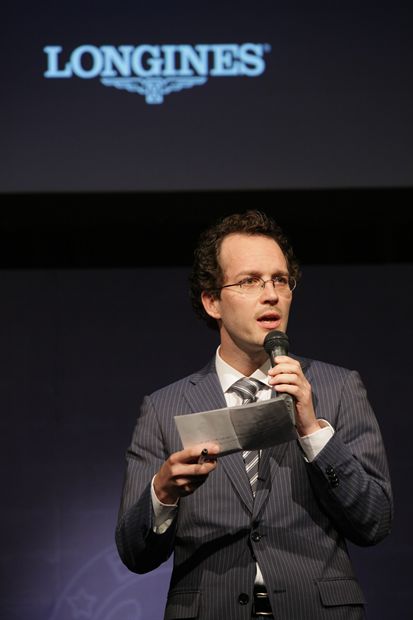
swissinfo.ch: Was the head of Swatch Group, Nick Hayek, wrong when he said too many watchmakers in recent years have simply benefited from the cash cow that is “Swiss made” without investing enough in research and development and effective industrial tools?
P-Y.D.: Swatch Group’s large competitors have, in theory, the financial means to manufacture components, notably the famous spirals (springs which ensure a watch’s precision) that are not very difficult to produce. But some of them have neglected to invest in their production facilities.
Ironically, brand advertising by watchmakers almost exclusively focuses on technological innovations in watch movements when in fact innovation is very rare. What should prevail is not necessarily the innovation, but the means to be independent.
swissinfo.ch: In the medium term, will the turning off the tap by Swatch Group result in increased industrialisation in Switzerland or a delocalisation of production of components for Swiss watches to other countries?
P-Y.D.: Manufacturing watch movements is a sensitive issue because it goes to the heart of Swiss know-how. That said the globalisation of Swiss watchmaking is already a reality. Over the last 15 years, imports of separate moving parts have increased while exports have stagnated. That means that foreign parts are more and more present in every Swiss watch.
Thai and Chinese companies are capable of manufacturing movements of the same quality as those produced by ETA, the industrial arm of Swatch Group. TAG Heuer is now sourcing its spirals from Seiko.
You also have to remember that only the movement and the final assembly are concerned by “Swiss-made”. The watch design is not protected by the Swiss label even though it is an essential element of a luxury product. Almost all the form, the face and the bracelets of Swiss watches are manufactured internationally, essentially in China.
“Between the two world wars, the dominant position of the Swiss in the international market was called into question by the export of watches in separate pieces that were then assembled in the countries where they were destined to be sold.
To fix the situation, a cartel-type situation emerged with the creation of Ebauches SA, a company born from the merger of some 30 independent manufacturers, and of the Asuag holding, which controlled the entire production of individual parts for the Swiss watch industry.
Some watch manufacturers (Rolex, Omega, Patek Philippe) had the right to manufacture parts for their own use but not for export.
During the 1960s, a period which the global watch industry develop, most of the manufacturers lost their competitive edge. More and more turned to Ebauches SA which later became ETA, the industrial arm of Swatch Group, to source their parts.
The Omega group, then known as the Swiss Society for the Watch Industry (SSIH) and the only independent manufacturer, was merged with Asuag (1983) on the advice of consultant Nicolas G.Hayek following the industry crisis of the 1970s, creating Swatch Group.
For more than 20 years, the group’s monopoly position was not a problem as it remained more a manufacturer of movements than of finished products. But by positioning itself in both the luxury market, as well as a vendor of finished products in the early 2000s, the Biel-based group put itself in direct competition with its former clients.”
Pierre-Yves Donzé, professor of economic history at Kyoto University
(Translated from French by Sophie Douez)

In compliance with the JTI standards
More: SWI swissinfo.ch certified by the Journalism Trust Initiative
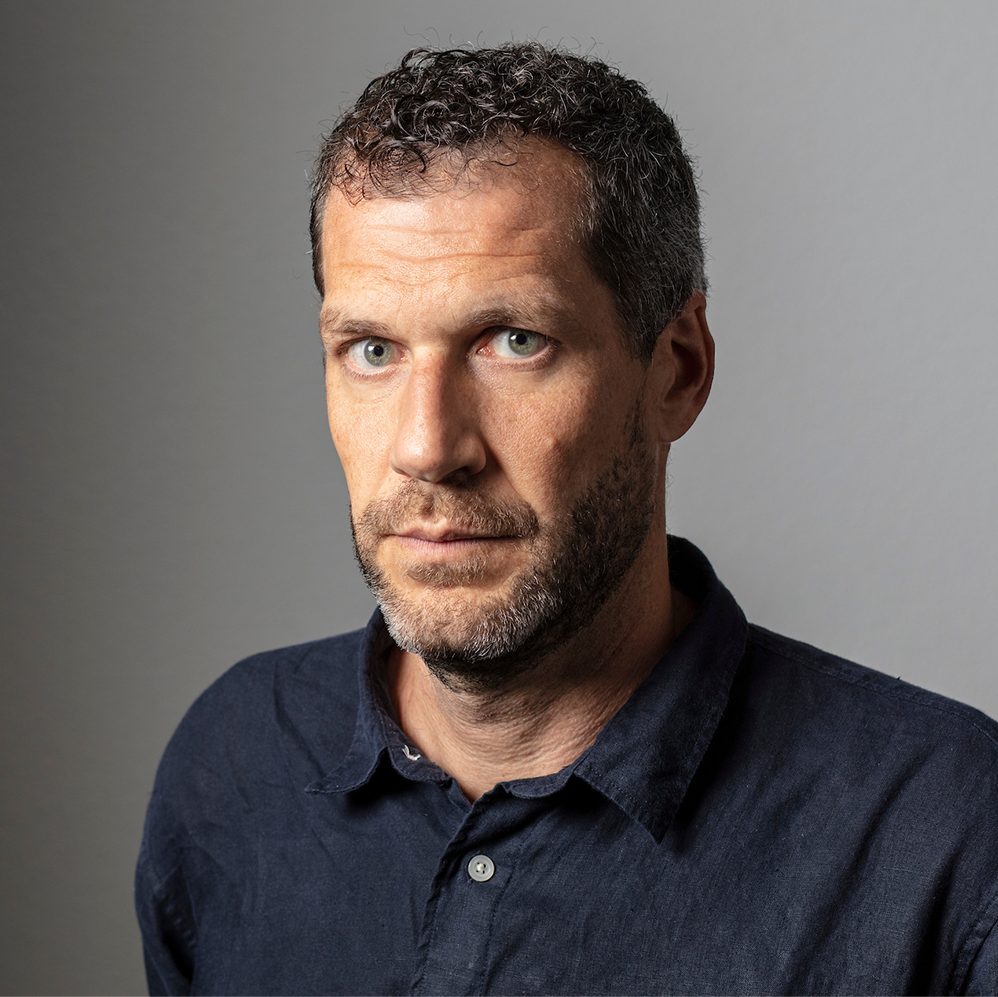










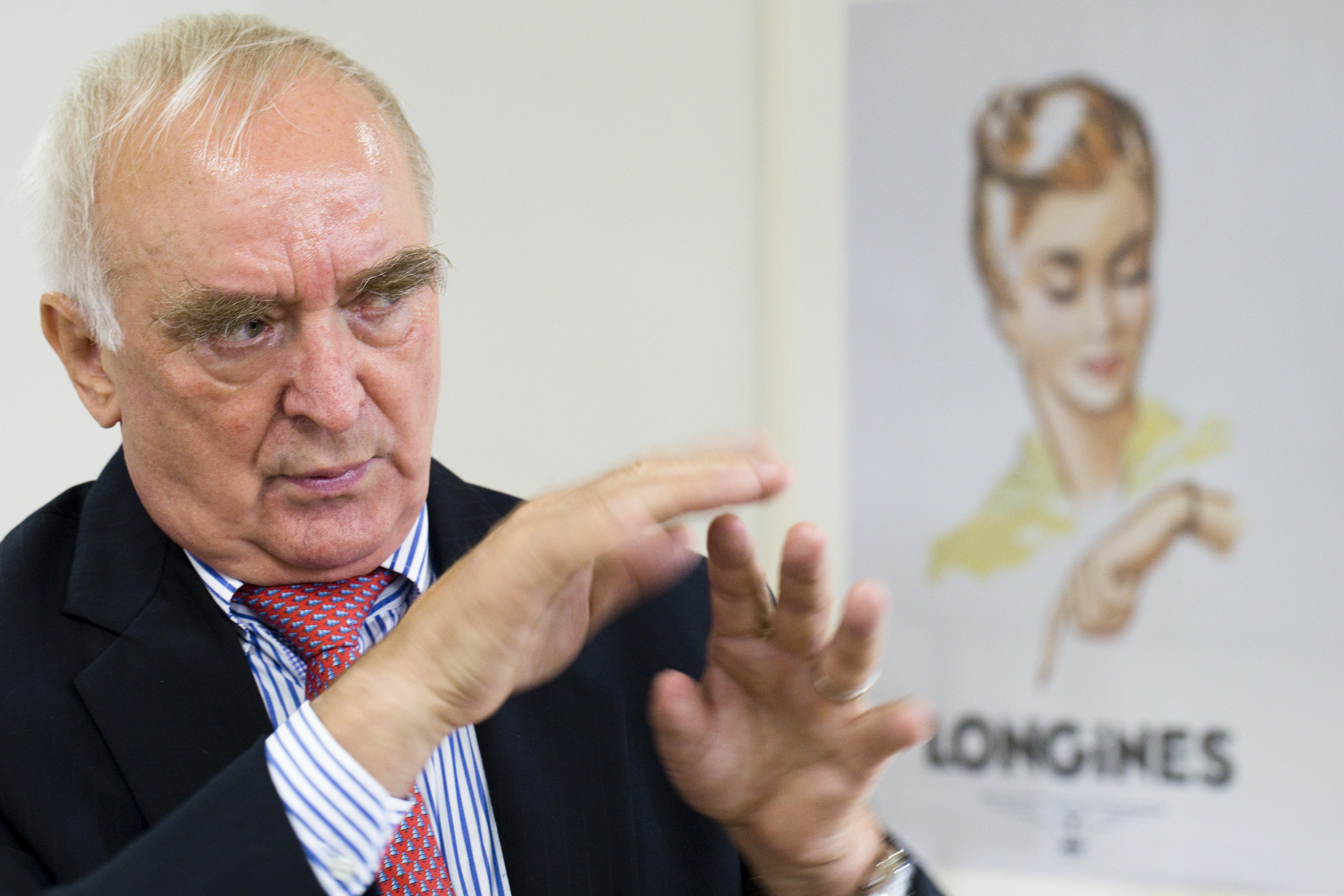
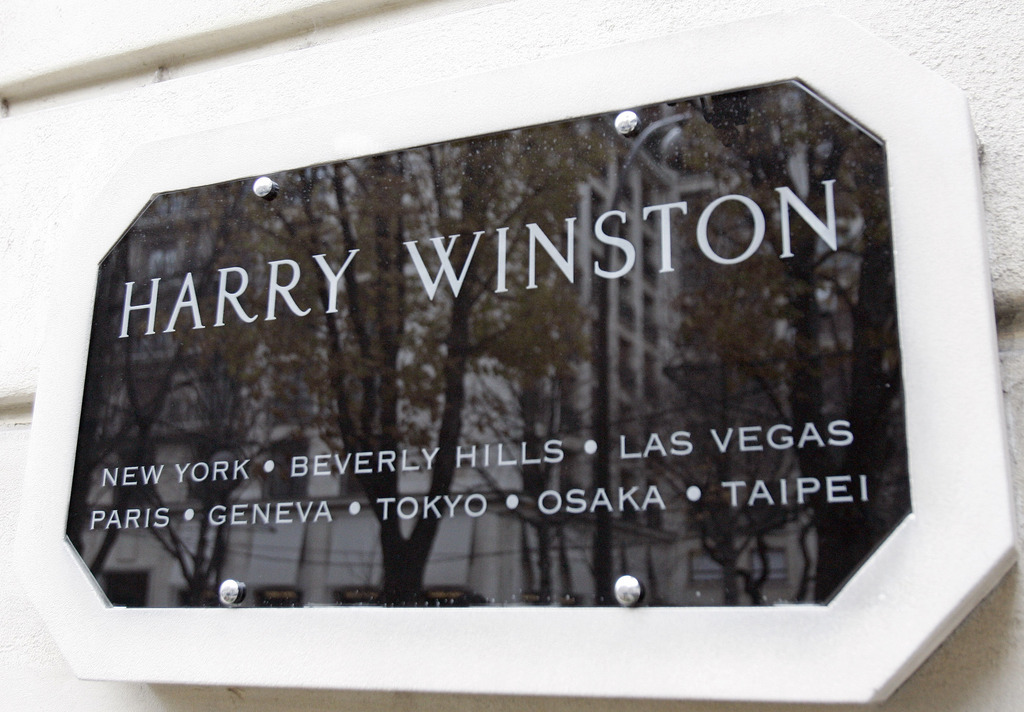

You can find an overview of ongoing debates with our journalists here . Please join us!
If you want to start a conversation about a topic raised in this article or want to report factual errors, email us at english@swissinfo.ch.